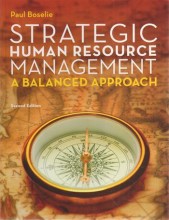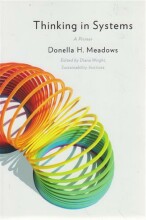Organizations in action - Boek Thompson - Organizations in Action - Organizational rationality and structure
3 important questions on Organizations in action - Boek Thompson - Organizations in Action - Organizational rationality and structure
The chapter organizational rationality and structure is about the structure and environment. Based on what two elements can the task environment be conceptualized?
2. Based on social composition (degree of homogeneity)
Chapter 6 is more about the macro level, and how to adapt to this environment with the internal structure. What is Thompson's line of reasoning regarding the social composition (extend of homogeneity)?
When you have a heterogeneous task environment, multiple divisions should be created. When you have a homogeneous task environment, few divisions should be created.
What is Thompson's line of reasoning regarding a dynamic vs stable environment?
When there is a dynamic environment (many contingencies), either in heterogeneous or homogeneous groups, and when the dynamic variation is known, the organization can also depend on rules (if... Then).
When the dynamic variation is unknown, the organization should rely in monitoring and planning.
The question on the page originate from the summary of the following study material:
- A unique study and practice tool
- Never study anything twice again
- Get the grades you hope for
- 100% sure, 100% understanding
































